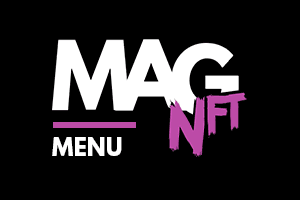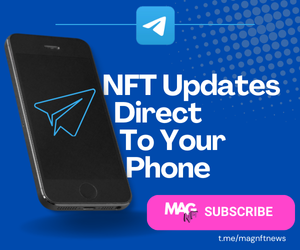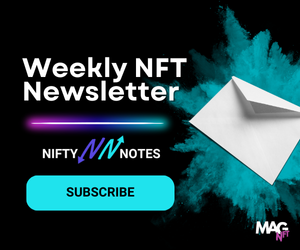Binance is one of the world’s top crypto exchanges – and with their own blockchain, they’re looking to become a major force in the NFT industry too. That blockchain is the BNB Chain.
Formerly known as the Binance Smart Chain, the BNB Chain is a Layer-1 blockchain developed by the team behind the Binance cryptocurrency exchange. BNB Chain was designed to power the DeFi space – but it also supports digital collectibles, blockchain games, and even NFT art.
BNB Chain was hugely popular on debut, but faces ever-increasing competition from both other Layer-1 blockchains and Layer-2 networks. What makes BNB Chain different, how did it get so popular, and what could lay ahead in its future?
Here’s our complete 2025 guide to the BNB Chain.
Key Insights
- A Layer-1 blockchain, rivalling Ethereum and Solana
- Created by the team behind the Binance cryptocurrency exchange
- Debuted in 2020, replacing 2019’s Binance Chain
- Grew rapidly in 2021 during the first NFT boom
- Focused on DeFi, but also supports NFTs, games and art
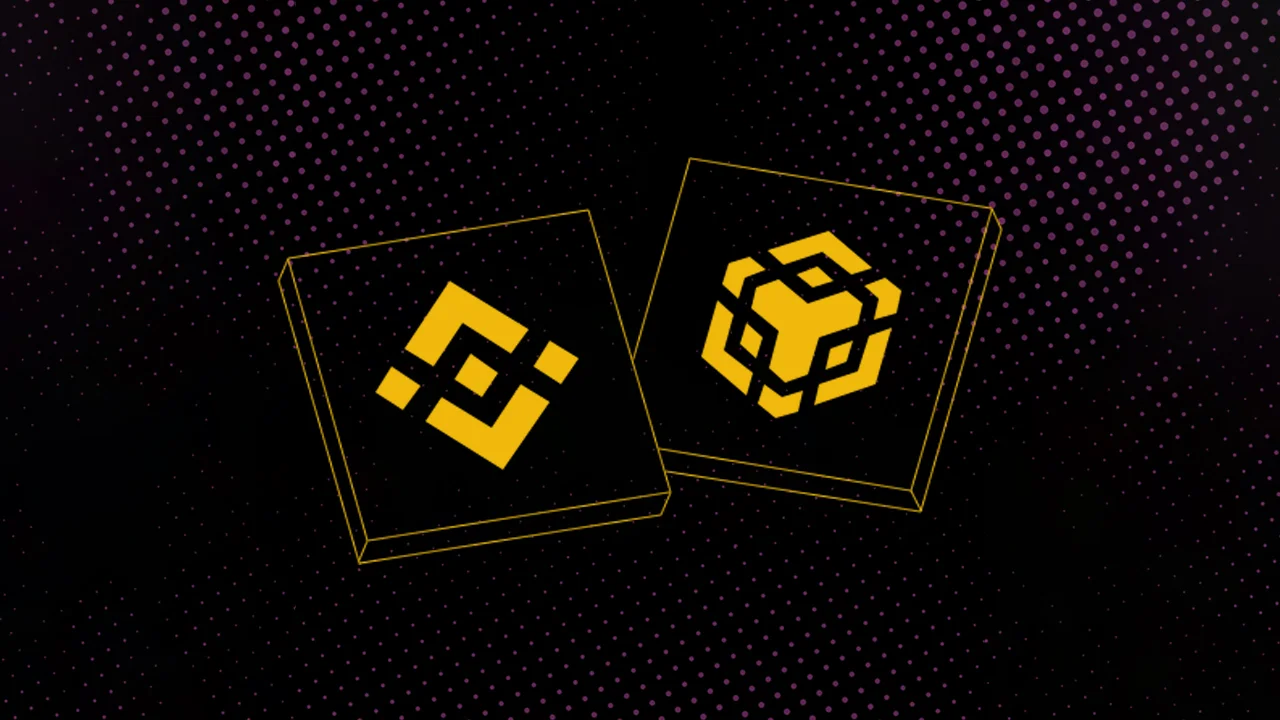
What is BNB Chain?
BNB Chain is a Layer-1 blockchain, developed by the team behind the Binance crypto exchange, and released in September 2020.
The BNB Chain was designed as an upgrade over the original Binance Chain, which debuted in 2019. BNB Chain adds smart contract support – permitting the chain to have decentralised applications (dApps), NFTs and more.
BNB is fully Ethereum Virtual Machine (EVM) compatible, making it work with a range of Ethereum-based dApps, tools and services.
BNB Chain is powered by the $BNB token. This token is used for transaction fees, governance, and to interact with BNB-focused apps. $BNB is one of the biggest crypto tokens in the world. As of January 2025, it sits at #6, with a token price around $700 USD and a market cap approaching $100B USD.
BNB Chain is best-known as the home of PancakeSwap – a platform that offers DeFi services and an NFT marketplace for BNB NFTs. Popular NFT collections on the BNB Chain include Pancake Squad, Pancake Bunnies, and PixelSweeper.
Through Binance’s partnership with Cristiano Ronaldo, BNB Chain has created multiple collections of NFT collectibles featuring the star. This has helped boost the prominence of BNB, and introduced the chain to millions around the world.
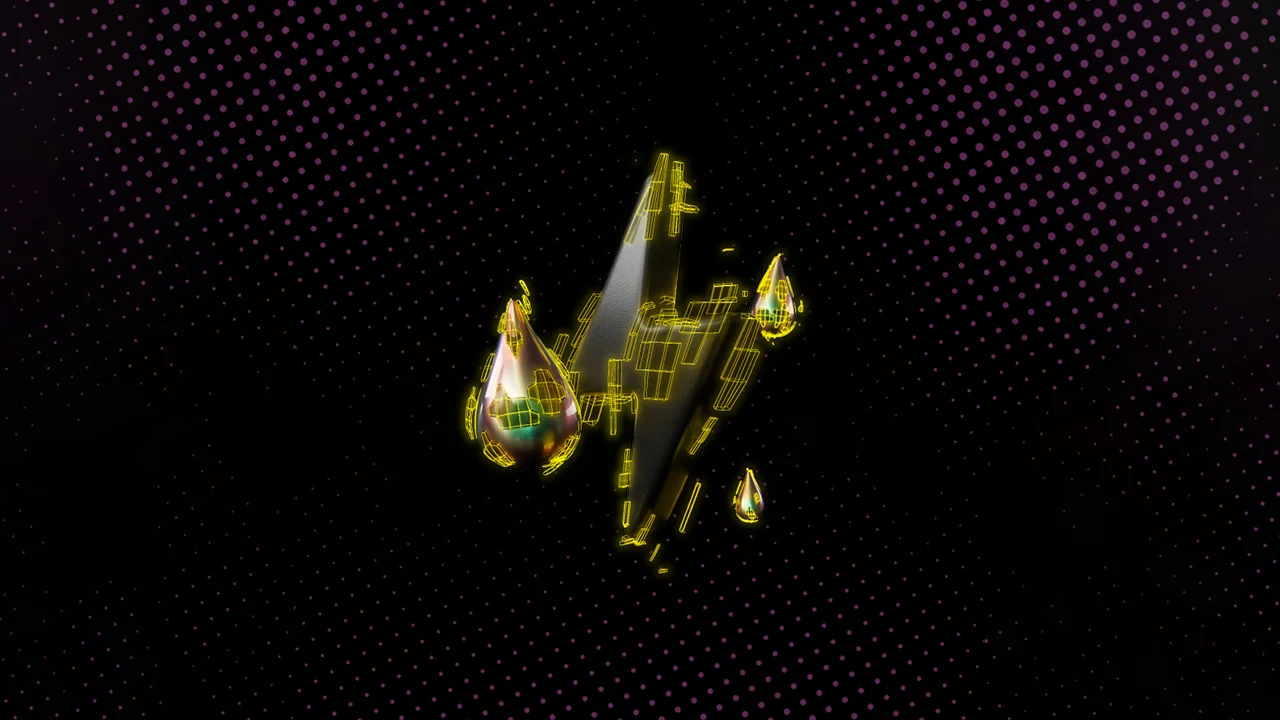
How does BNB Chain work?
BNB Chain focuses on speed, efficiency, and affordability.
Some of its standout features include:
- A unique consensus mechanism. BNB utilises Proof of Staked Authority (PoSA) – a hybrid of Proof of Stake and Proof of Authority. Validators stake $BNB to validate the network, and earn $BNB fees.
- Ethereum compatibility. BNB is EVM-compatible. Developers can deploy Ethereum-based apps on BNB, which has allowed BNB to grow a huge dApp ecosystem.
- Low transactions fees. With fees as low as a few cents, BNB is an affordable alternative to Ethereum – which typically has much higher transaction fees.
- Wide dApp support. BNB supports many types of dApps, from exchanges and lending platforms to yield farming protocols and NFT marketplaces. Leading dApps include PancakeSwap, Venus, and Autofarm.
BNB Chain also provides tools for NFT creators and collectors. It supports token standards like BEP-721 and BEP-1155 – equivalent to Ethereum’s ERC-721 and ERC-1155.
In giving developers a scalable and efficient blockchain, BNB is a great platform for high volume dApps that require smooth and stable operation. This is vital for high-traffic blockchain services – especially as more and more users enter the Web3 ecosystem.
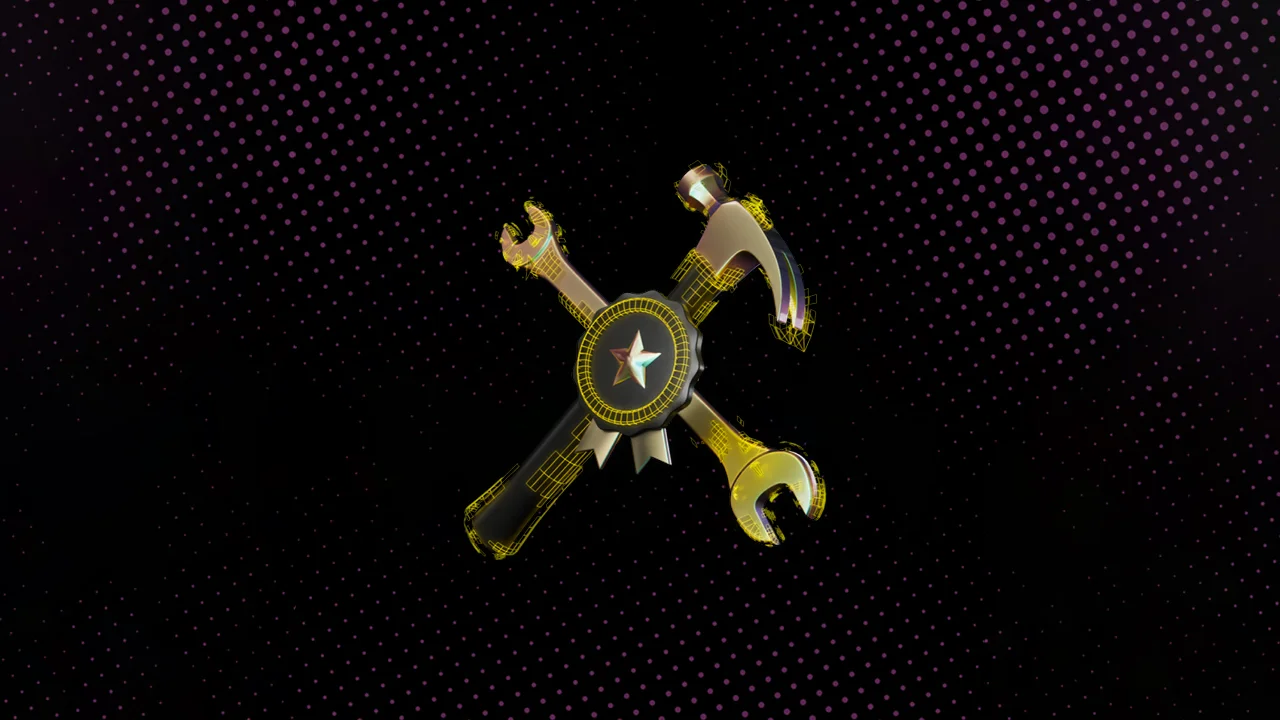
What has BNB Chain accomplished so far?
The accolades of the BNB Chain are closely tied to the history of the Binance itself.
In 2019, Binance launched the original Binance Chain. This blockchain was focused on supporting Binance itself, and introduced $BNB as the token for the Binance ecosystem.
Unfortunately, Binance Chain did not support smart contracts. To fix this, Binance introduced the Binance Smart Chain in September 2020. This initially ran alongside the Binance Chain, with plans to integrate the two in future.
The Binance Smart Chain had both smart contract support and EVM compatibility, and looked to target not just the DeFi market, but the growing NFT industry as well.
As NFTs rocketed in popularity in 2021, the Binance Smart Chain saw huge growth – at times even more than Ethereum. Its low fees and fast transactions attracted huge numbers of developers and users, with 2021 being the highest point for the blockchain to date.
February 2022 saw Binance combine Binance Chain and Binance Smart Chain into the BNB Chain, embracing a new “build and build” philosophy that carries through to this day.

What does the future hold for BNB Chain?
As rival Layer-1 and Layer-2 networks have risen in popularity in recent years, BNB is no longer in its prime. Despite this, with $BNB still such a major crypto token, and with Binance itself still the #1 crypto exchange, the BNB Chain is still highly-regarded, and continues to see ongoing development.
This include improvements to decentralisation, scalability and interoperability, with sidechains and sharding set to be introduced in future. These technologies will boost transaction speeds, and help to accommodate the growing number of blockchain-based applications.
2025 presents many challenges for BNB Chain – but also many opportunities. As both NFTs and crypto continue to find new audiences – and with the ongoing success of the $BNB token and the Binance crypto exchange – the BNB Chain has plenty of potential, and could be a real dark horse in times to come.

Bullish on web3. Competitive soul.
